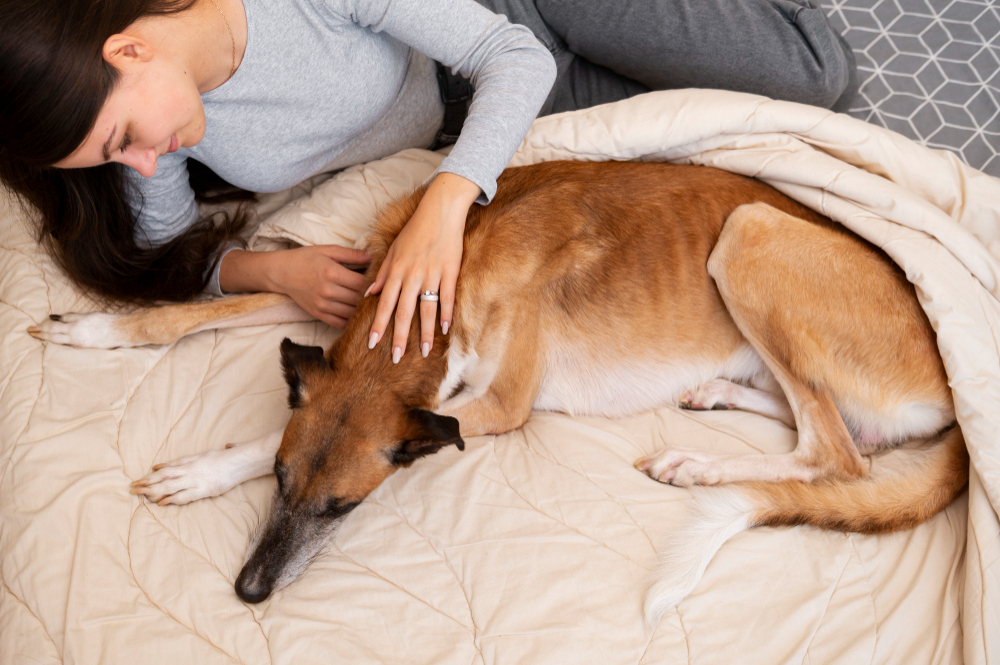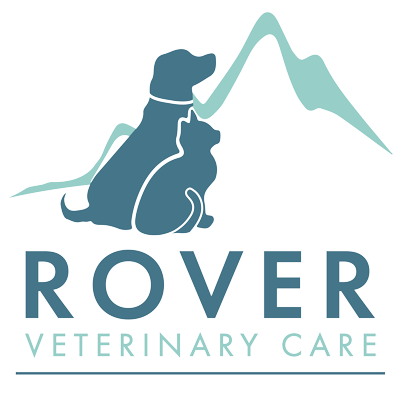How to Arrange In-Home Euthanasia for Your Dog in Reno, NV

How to Arrange In-Home Euthanasia for Your Dog in Reno, NV

Saying goodbye to a beloved dog is one of the most difficult decisions any pet owner will face. When your furry companion is suffering from a terminal illness or experiencing a significant decline in quality of life, you may consider euthanasia as a compassionate final act of love. For many families in Reno, NV, in-home euthanasia offers a peaceful, dignified way to help their dog transition in the comfort of familiar surroundings.
In-home euthanasia allows your dog to spend their final moments in a place where they feel safe and loved, surrounded by family members who care about them most. This service eliminates the stress of a veterinary clinic visit and provides a more intimate, personalized experience during this emotional time.
Understanding how to arrange in-home euthanasia can help you make informed decisions and ensure your dog receives the gentle, respectful care they deserve. This guide will walk you through the entire process, from recognizing when it might be time to say goodbye to preparing your family for the appointment.
Understanding When It's Time
Determining when to consider euthanasia for your dog requires careful observation of their daily quality of life. Many veterinarians recommend using a quality of life scale to help assess your pet's condition objectively. Signs that may indicate it's time to consider this option include:
Physical symptoms such as persistent pain that cannot be managed with medication, difficulty breathing, loss of appetite lasting several days, or inability to perform basic functions like walking or using the bathroom. Your dog may also show signs of severe mobility issues or chronic vomiting and diarrhea that doesn't respond to treatment.
Behavioral changes can be equally telling. Dogs approaching the end of life often withdraw from family activities, stop engaging with favorite toys or treats, or seem confused and disoriented. Some pets may hide, pace restlessly, or appear anxious without obvious cause.
Consulting with your veterinarian is essential during this decision-making process. They can provide professional insight into your dog's medical condition and help you understand treatment options. Your vet can also discuss pain management strategies and give you an honest assessment of your pet's prognosis.
Finding In-Home Euthanasia Services in Reno
Reno, NV, offers several options for families seeking in-home euthanasia services. Many local veterinary practices provide this service, while some veterinarians specialize exclusively in end-of-life care for pets.
Research local providers by asking your current veterinarian for referrals, searching online directories, or contacting local animal hospitals. Read reviews from other pet families and check credentials to ensure you're working with licensed, experienced professionals.
Questions to ask potential providers include their experience with in-home procedures, availability for emergency calls, payment options, and what services are included in their fees. Ask about their approach to the procedure and whether they provide grief support resources for families.
Availability considerations matter significantly, as some services may have limited hours or require advance booking. Emergency situations might need immediate attention, so inquire about after-hours availability when making your initial contact.
Preparing for the Appointment
Scheduling the appointment should be done when you feel emotionally ready and when your dog's condition warrants this decision. Choose a time when family members who want to be present can participate. Many providers offer flexible scheduling to accommodate your family's needs.
Preparing your home environment helps create a peaceful setting for the procedure. Choose a comfortable location where your dog likes to rest, such as their favorite bed or a sunny spot in the living room. Ensure the area is easily accessible for the veterinarian and provides enough space for family members to be close.
Gathering family members requires thoughtful consideration, especially when children are involved. Discuss with family members beforehand whether they want to be present during the procedure or prefer to say goodbye earlier. Some families choose to have children say farewell before the veterinarian arrives, while others include them in the entire process.
Preparing your other pets is also important, as they may sense something is happening. Some animal behaviorists recommend allowing other pets to be present or to see their companion afterward, as this can help with their grieving process.
What to Expect During the Procedure
The veterinarian's arrival typically begins with a consultation about your dog's condition and your family's wishes. Most practitioners take time to answer any last-minute questions and ensure everyone feels comfortable with the process.
The euthanasia procedure itself is designed to be peaceful and painless. The veterinarian will typically administer a sedative first to help your dog relax, followed by an overdose of anesthetic that causes them to lose consciousness within seconds. The entire process usually takes just a few minutes.
Your role during the procedure can be as involved as you feel comfortable with. Many families choose to hold their dog, speak softly to them, or simply remain close by. The veterinarian will guide you through what's happening and ensure you feel supported throughout the process.
Immediate aftercare involves the veterinarian confirming that your dog has passed peacefully. They will typically listen for a heartbeat and check for other vital signs before officially pronouncing the time of death.
Aftercare Options and Arrangements
Body care decisions need to be made before the appointment. Options typically include individual cremation with ashes returned to the family, communal cremation, or burial arrangements. Some families prefer to handle burial on their own property, where local laws permit.
Cremation services vary in cost and options. Individual cremation allows you to receive your dog's ashes in a decorative urn or container, while communal cremation is typically less expensive but doesn't return ashes to families. Ask your provider about their partnerships with local pet crematoriums.
Memorial options can help families process their grief and celebrate their dog's life. Consider creating a photo album, planting a tree or flowers in your yard, or making a donation to a local animal shelter in your pet's name.
Making the Right Choice for Your Family
Choosing in-home euthanasia represents a final act of love and compassion for your canine companion. This option allows your dog to remain in familiar surroundings, reduces stress for both pet and family, and provides a more intimate environment for saying goodbye.
Remember that grief is a natural part of this process, and there's no "right" way to feel after losing a beloved pet. Many families find comfort in knowing they provided their dog with a peaceful, dignified passing surrounded by love.
If you're considering in-home euthanasia in Reno, NV, contact Rover Veterinary Care today for more information about their compassionate end-of-life services and how they can support your family during this difficult time.
